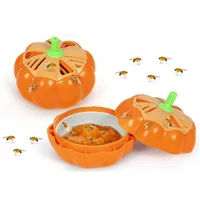5 household items that are causing fruit flies to invade your home — and how to get rid of them
Remove the attraction
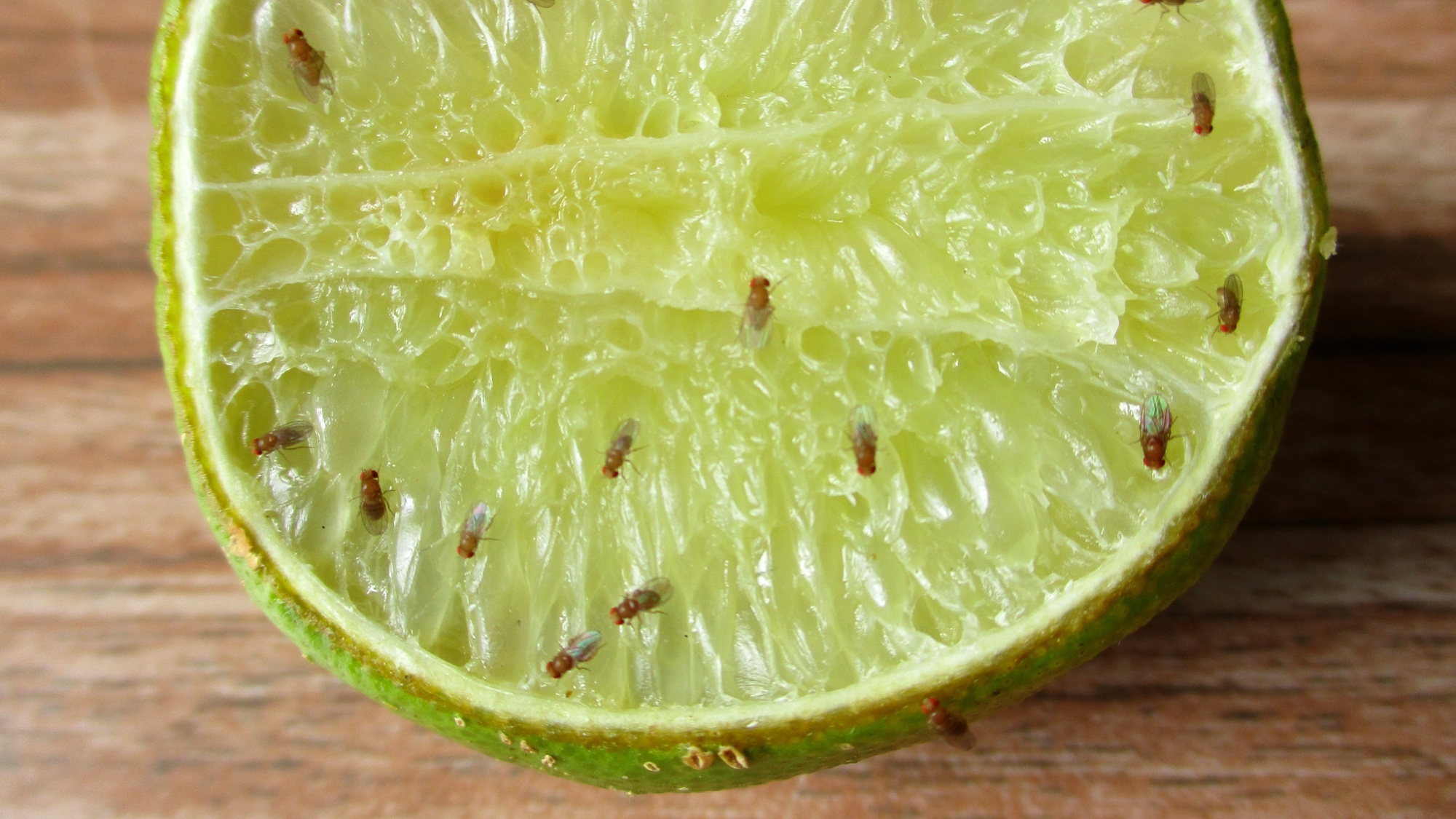
As soon as the temperature rises, I notice a swarm of fruit flies taking up residency in my kitchen. And while I’m not one to turn guests away, I don’t want to encourage pests into my home.
Despite keeping my kitchen clean and tidy, and wiping down surfaces as soon as I spot even the smallest crumb, fruit flies seem to ignore my attempt to keep them away. So, what am I doing wrong that keeps the fruit flies coming back for more?
I want to banish these pests once and for all and learn how to eliminate fruit fly hotspots in my home.
Why are fruit flies pests?
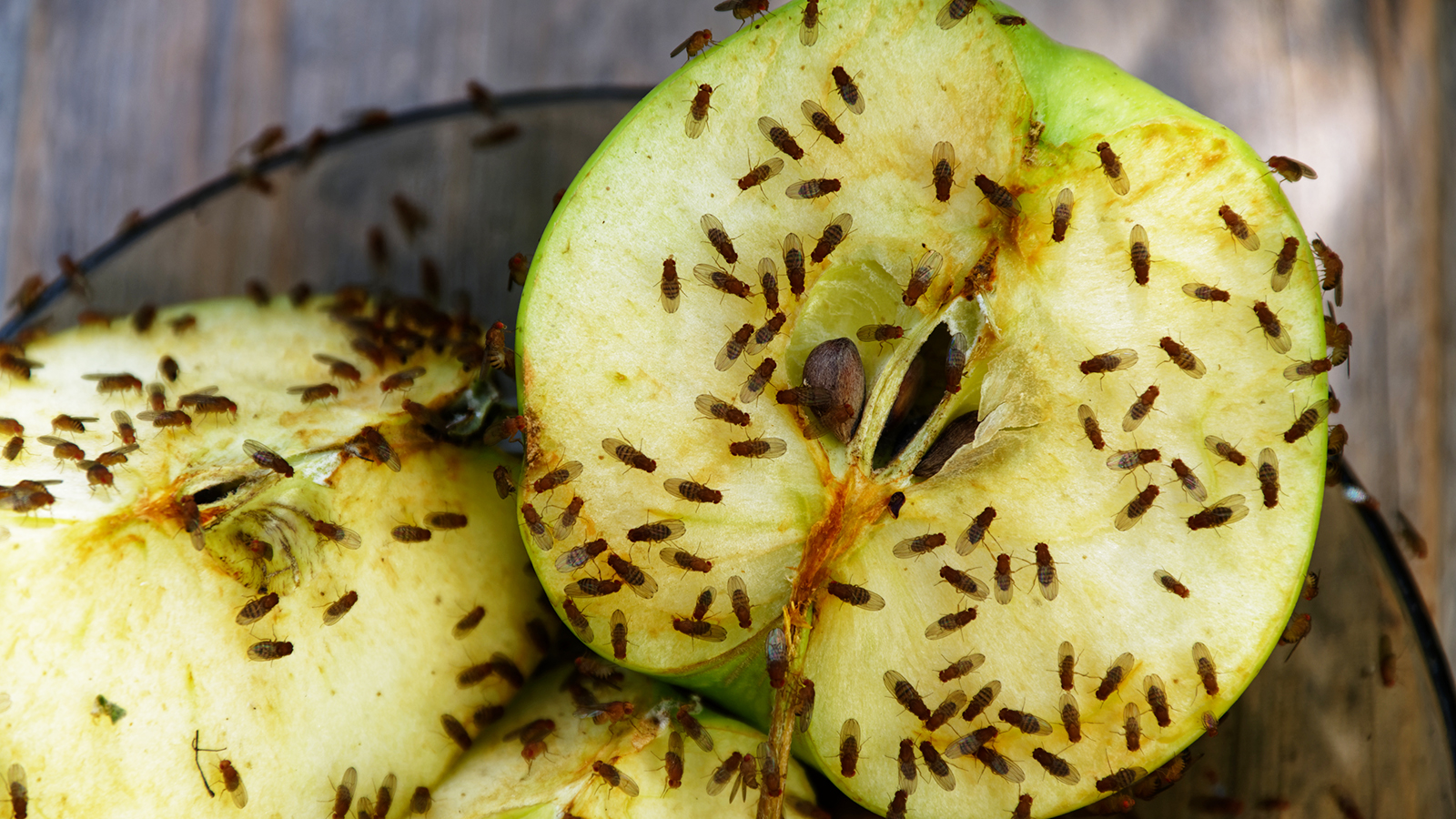
Fruit flies can be a problem all year round, but it’s heightened during the summer and fall as they are attracted to ripe or fermented fruit and vegetables.
The Department of Entomology, University of Kentucky College of Agriculture, states, “Fruit flies are primarily nuisance pests. However, they have the potential to contaminate food with bacteria and other disease-producing organisms.”
Another problem is that they are fast breeders, and one fruit fly can produce 500 offspring in a season. When you know that the lifecycle from egg to adult is just one week, you can understand why fruit flies can quickly get out of hand.
“The best way to avoid problems with fruit flies is to eliminate sources of attraction,” the University of Kentucky adds.
Get instant access to breaking news, the hottest reviews, great deals and helpful tips.
Fruit fly magnets in your home
According to Neil McKenzie, home expert at Halton Stairlifts, items as ordinary as left-open tomato ketchup, dirty dishcloths, and even sink strainers can become breeding grounds for fruit flies if left unchecked.
“Most people think fruit flies only swarm around overripe bananas, but they’ll actually gravitate to anything sweet, fermented, or damp,” explains Mckenzie.
This could be where I’ve been going wrong, not realising that my overripe bananas are not the only thing attracting the pesky flies.
Being aware of what attracts them to your home and then removing the source can help reduce the likelihood of an infestation and make it easier to get rid of them.
These pumpkin-shaped traps are fruit fly, ant and moth decoys and work to lure the pests through the open vents to the bait inside. The traps are reusable and safe around food.
Common fruit fly culprits
1. An open invite
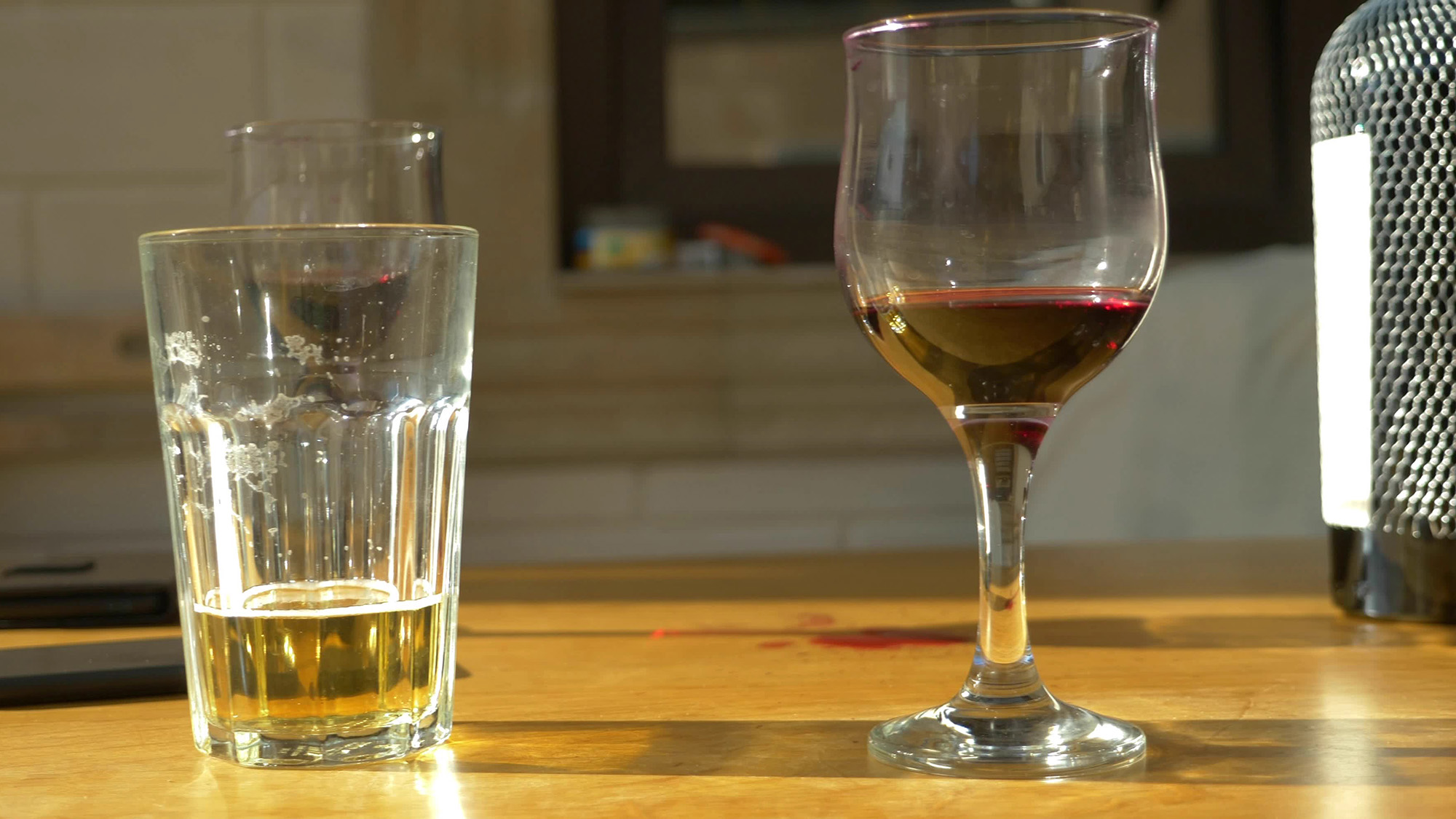
So the next time you leave your ketchup bottle open, or leave a half-finished wine glass on your countertop (that doesn’t happen in my home), remember that fruit flies will head straight to it. So be sure to put on the cap, finish that wine, and wipe up any spills that will entice the pests.
2. Overripe produce
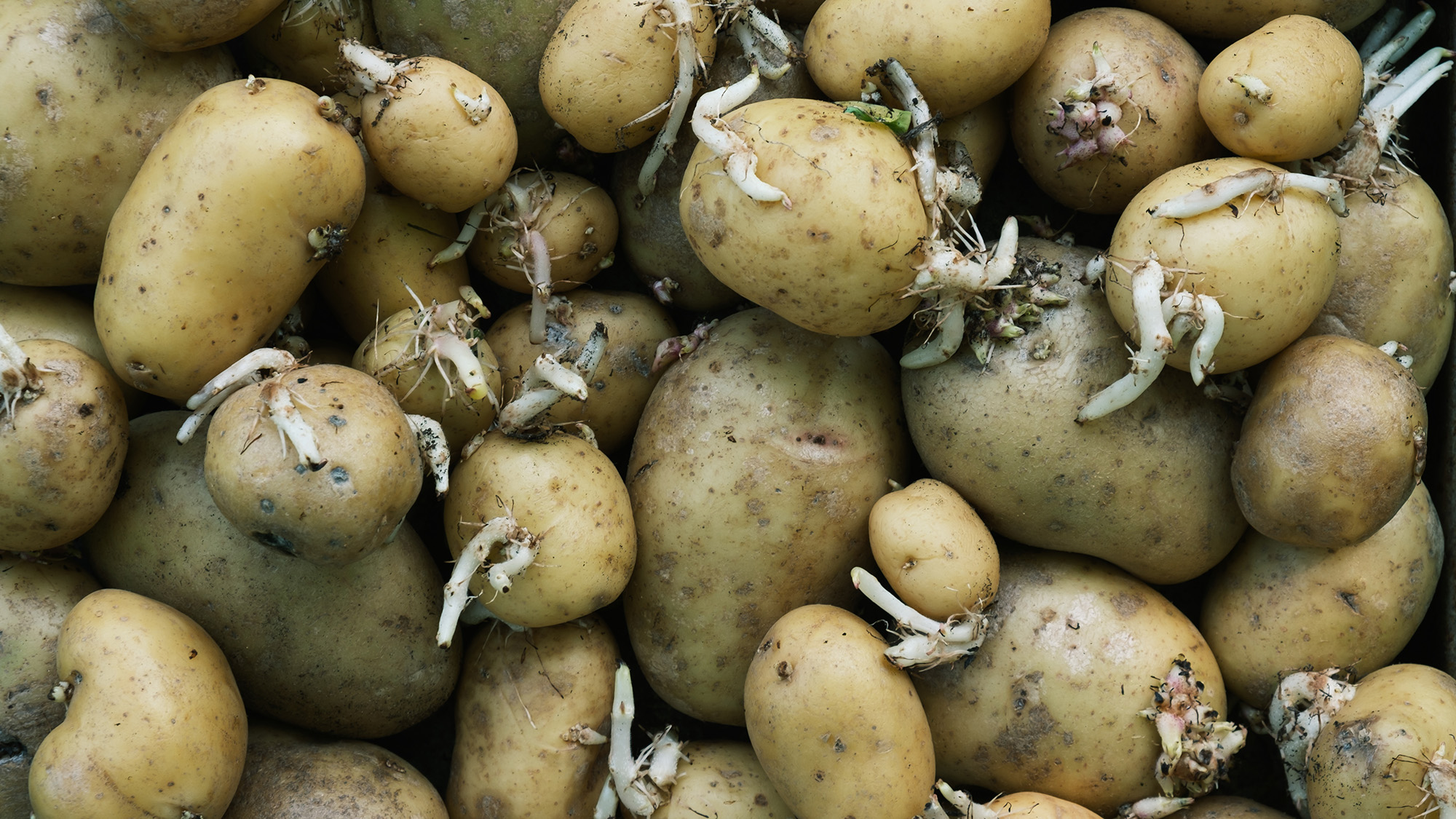
They’ll also be attracted to overripe fruit and vegetables, not just bananas. Tomatoes, melons, squash, and grapes will all contribute to an indoor infestation, along with potatoes and onions.
The University of Kentucky Entomology says, “A single rotting potato or onion forgotten at the back of a closet, or fruit juice spillage under a refrigerator can breed thousands of fruit flies.”
Eat any fruit or vegetables before they start to decay, or keep them in your refrigerator behind closed doors, and in sealed containers.
3. Unwashed packaging
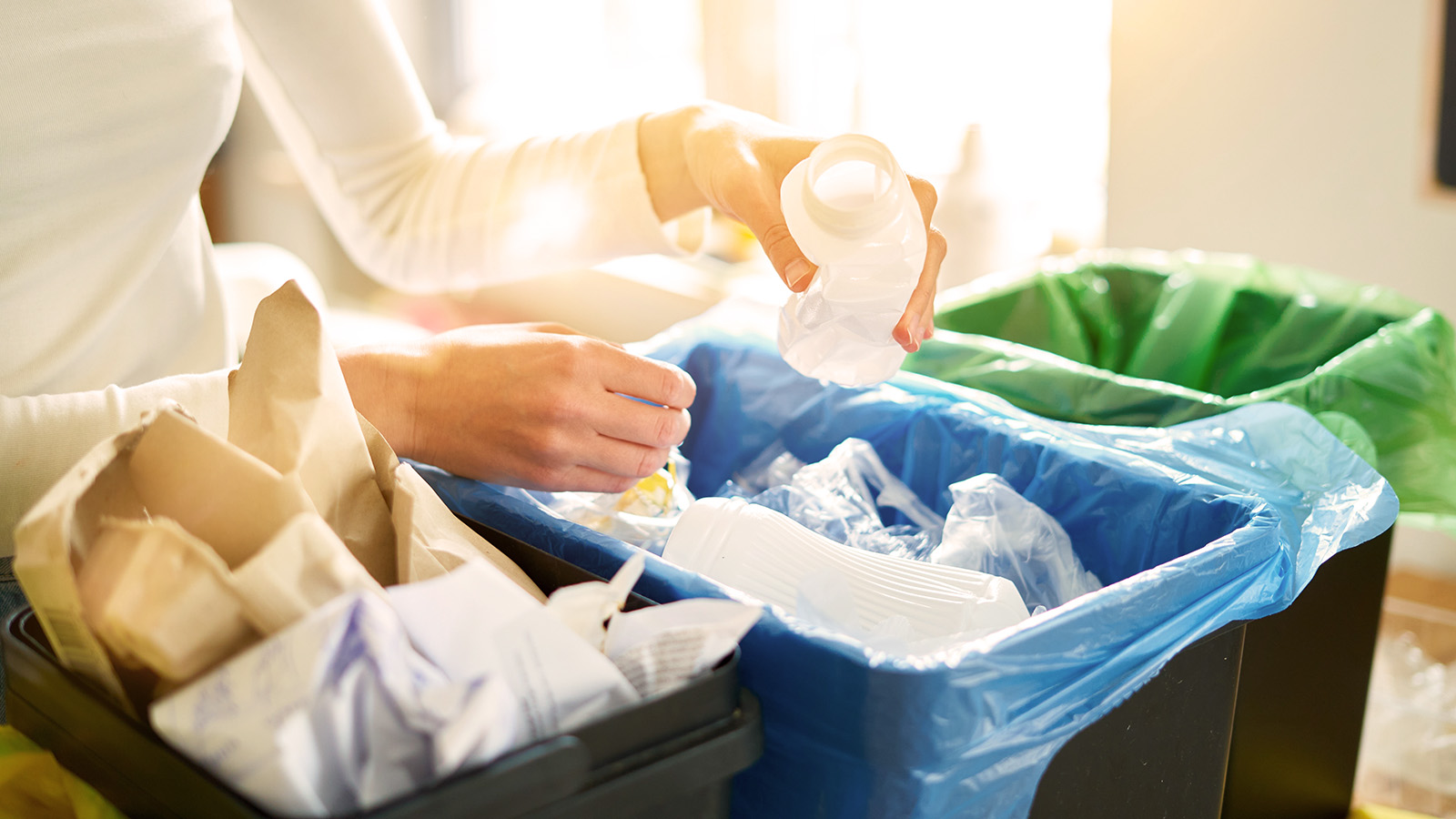
You should also rinse out used recycling packaging and cans and ensure your food compost caddie is cleaned between uses, even if you already use a compostable liner. And, don’t forget to clean out your trash can. In hot weather, McKenzie recommends cleaning your drain every day to prevent an infestation.
4. Dirty drains
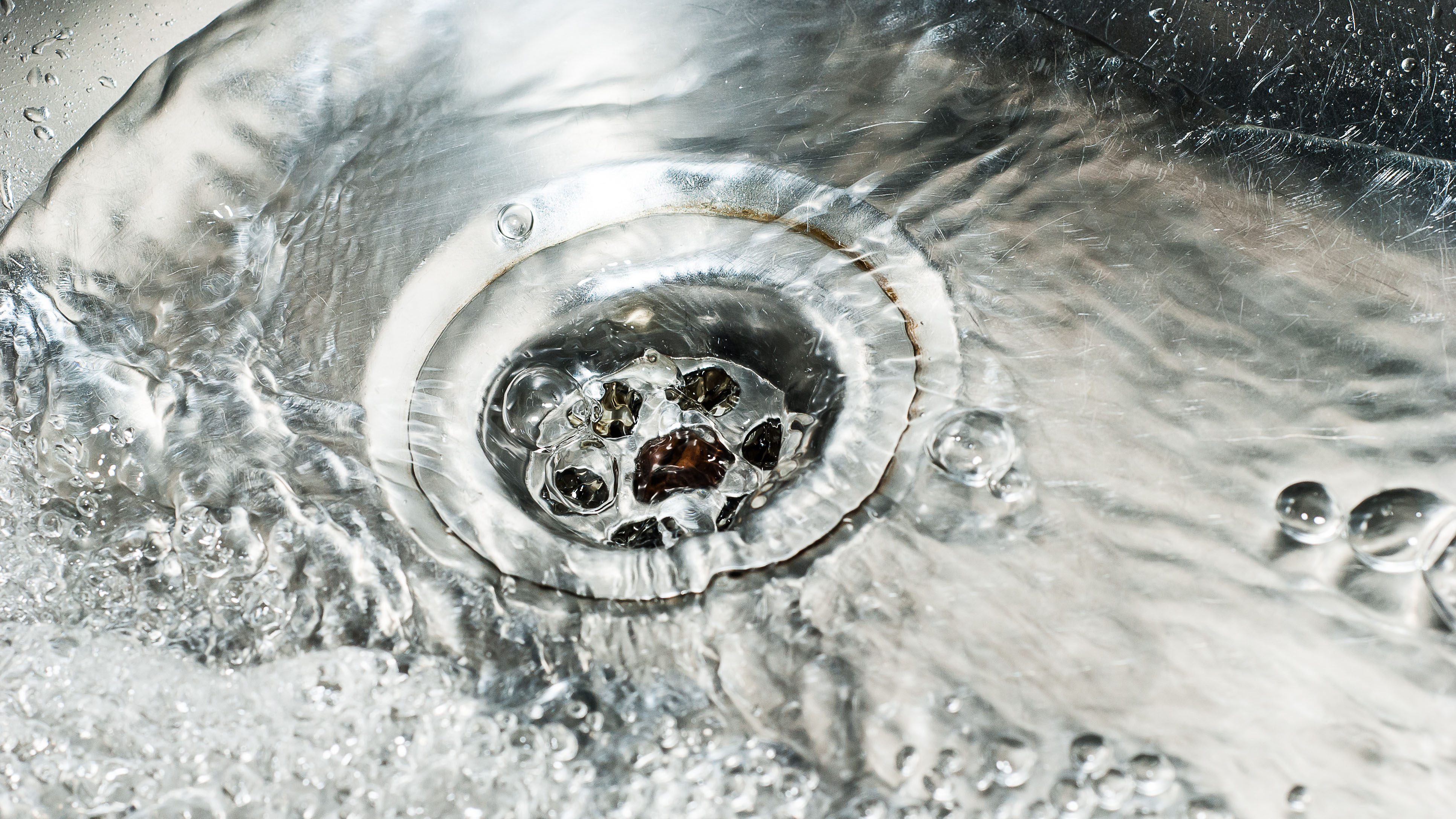
There are a few other household items that aren’t so obvious. Fruit flies love the dark and damp environment of a drain, just like drain flies, and will find it the perfect resting spot to munch on food residue and lay their eggs. It’s therefore important that you keep our drains, sink strainers, and plugholes clean and free of food residue. To beat the fruit flies, McKenzie suggests flushing water down your drain daily.
5. Damp textiles
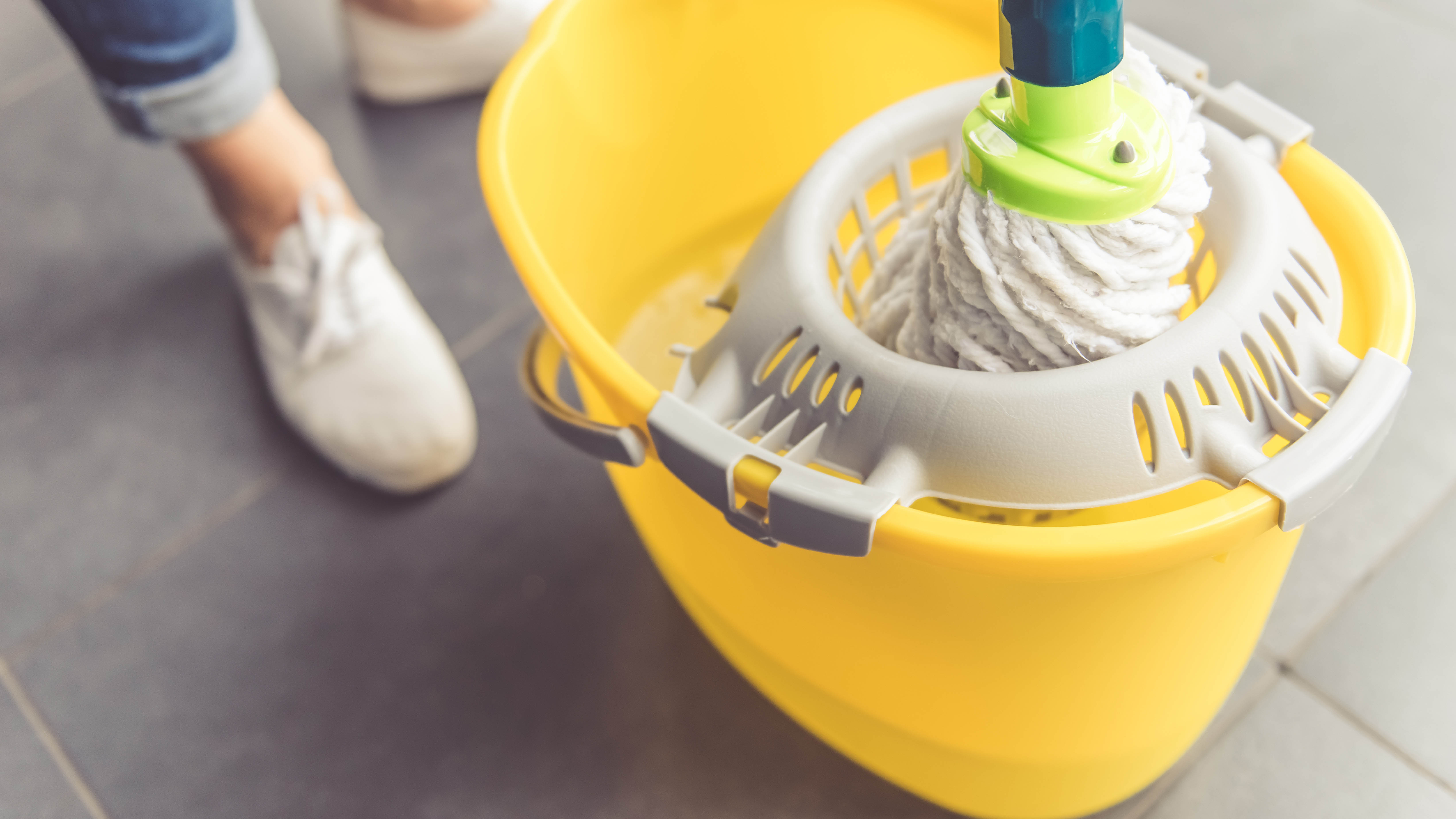
Another spot where fruit flies will fester is on damp tea towels and mops. Tea towels can often get discarded on a kitchen countertop without much thought, and stinky mops are left to fester until they are used again. To resolve this issue, place your tea towels in the laundry and leave your mop outside to dry before bringing it back inside.
Make your own DIY fruit fly trap
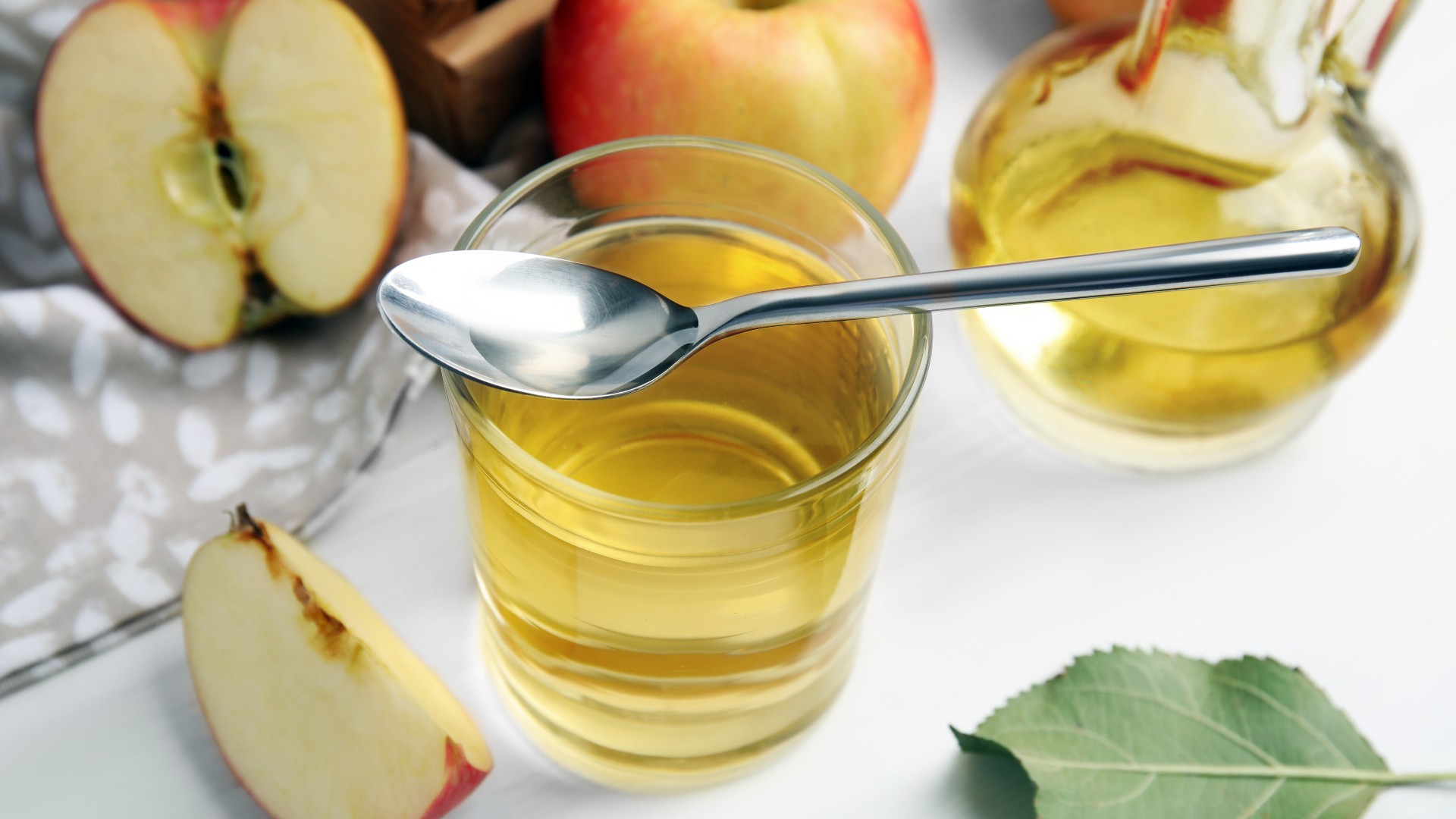
To beat the fruit flies and stop an infestation, McKenzie suggests creating your own DIY trap. He says adding a few drops of dish soap to a bowl of cider vinegar will do the trick.
The University of Kentucky Entomology has a similar idea, which also includes cider vinegar. It suggests placing a paper funnel, which can be made from a sheet of paper, into a jar. Then add a few ounces of cider vinegar with a slice of banana, which is one fruit that we know they already love.
Why are fruit flies attracted to cider vinegar?
The cider vinegar contains acetic acid, which is the same chemical that’s produced in overripe fruit, which fruit flies go mad for.
More from Tom's Guide
- 9 plants that repel fruit flies and keep them out of your home
- 7 natural ways to get rid of ants without chemicals
- Pest experts warn you should never squash ants in your home — here’s why

Camilla is the Homes Staff Writer and covers everything to do with homes and gardens. She has a wealth of editorial experience, mounting over 30 years, and covers news and features, tests products for reviews and compiles buying guides.
Her work has appeared in business and consumer titles, including Ideal Home, Real Homes, House Beautiful, Homebuilding & Renovation, and Kitchen & Bathroom Business. She’s even appeared on the cover of Your Home, writing about her own house renovation.
Although she’s obsessed with decorating her home, she also enjoys baking and trying out the latest kitchen appliances. But when she’s not inside, you’ll find her pottering about in her yard, tending to her vegetable patch or taking in her prized hydrangeas.
You must confirm your public display name before commenting
Please logout and then login again, you will then be prompted to enter your display name.
